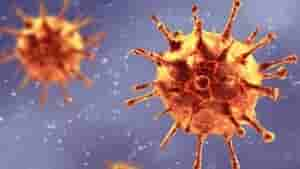Experts recently discovered a new COVID-19 variant in a nursing home in Kentucky. The new variant has five mutations, also present in other variants, but it also has many unique ones.
The new variant infected at least 45 of the resident and health care staff at the nursing home. Many of those infected were already fully vaccinated, but the new COVID-19 variant could evade their anti-body protection.
According to an investigation by the Kentucky Department of Public Health, an unvaccinated and infected staff member was the source of the outbreak back in March. From that time, it resulted in a wave of new infections, Newsweek reported.

The new COVID-19 variant was identified as R.1. Per an article written by William A. Haseltine, a former Harvard Medical School professor, published on Forbes, this COVID-19 variant first appeared in Japan. Since its discovery, more than 10,000 people globally have been infected.
The R.1 COVID-19 variant has additional mutations giving it more advantage in immune suppression, replication, and transmission. Because the new mutations in the R.1 COVID-19 variant can lead to increased resistance to antibodies, it could still infect those who already had a vaccine or those who the virus has infected in the past.
The R.1 COVID-19 variant also has the W152L mutation in the N-terminal domain. The N-terminal domain is a region of the spike protein that is the target of neutralizing antibodies in convalescent sera and is the target of several neutralizing monoclonal antibodies. The W152L is also present in one of the minor variants of the Delta variant. Aside from the W152L mutation, the R.1 COVID-19 variant also has the 5’ untranslated region mutation, the C241U, a second in the viral polymerase NSP12: P323L, and the third D614G in the exterior S1 domain of the spike protein. COVID-19 variants with these three mutations quickly superseded the original Wuhan strain.
Also Read: US Death Toll From COVID-19 Surpasses 1918 Spanish Flu Pandemic Count


